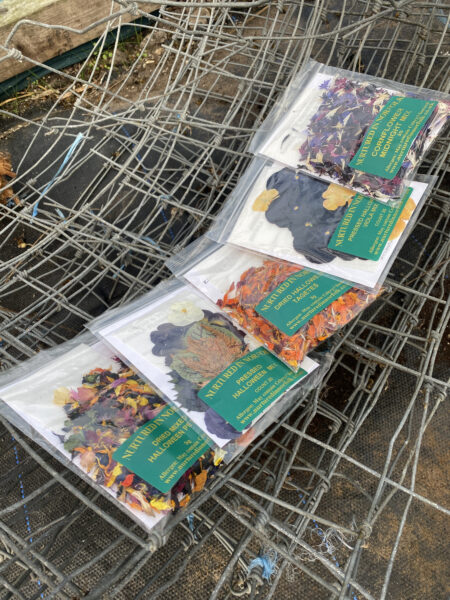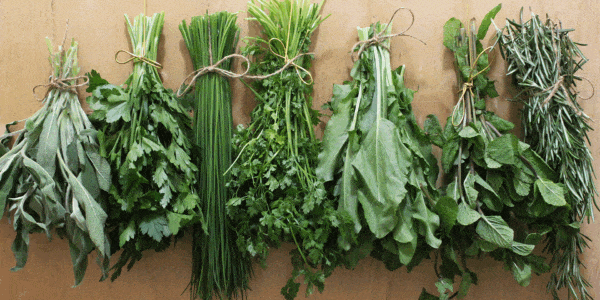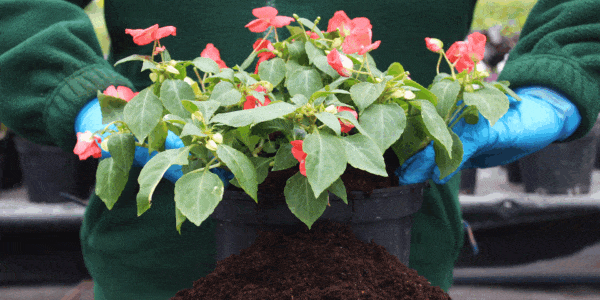 20 October 2022 | Horticulture Hacks
20 October 2022 | Horticulture Hacks
Edible Flowers: Roses are flourishing this season

Nurtured in Norfolk’s gardening expert Martyn Davey answers all your questions.
If you would like any horticulture query answered please do e-mail our head grower at martyn@nurturedinnorfolk.co.uk to add your thoughts to our weekly horticulture hacks.
Dear Martyn,
I have recently moved into and older style house with an established garden. Many of the roses have got really big and overgrown; will it damage them to cut them hardback into the old wood? If so where is the best place to cut? Any advice you can give would be greatly appreciated as I don’t want to lose them.
J. Smith Kimberley Norwich.
Dear Reader,
Good rose pruning ensures that plants grow vigorously and flower well each year. There is great diversity among shrub roses but most require only light pruning. Many flower just once in summer and will bloom freely for years with little formal pruning. Follow these general tips for rose pruning which will help you improve the health and lifespan of any rose.
The best time to prune roses is late winter (February or March) is often a good time for pruning roses.
When pruning roses the cuts should be no more than 5mm above a bud and should slope downwards away from it, so that water does not collect on the bud. This applies to all cuts, whether removing dead wood, deadheading or annual pruning. Cut to an outward-facing bud to encourage an open-centred shape. With roses of spreading habit, prune some stems to inward-facing buds to encourage more upright growth. Cut to the appropriate height, if a dormant bud is not visible. Cuts must be clean, so keep your secateurs sharp. For larger stems, use loppers or a pruning saw.
Prune dieback to healthy white pith (the centre of the stem). Cut out dead and diseased stems and spindly and crossing stems, aim for well-spaced stems that allow free air flow. On established roses, cut out poorly flowering old wood and saw away old stubs that have failed to produce new shoots. With the exception of climbing roses and shrub roses, prune all newly planted roses hard to encourage vigorous shoots. Trace suckers back to the roots from which they grow and pull them away.
If your rose has long arching stems, is very tall or needs some sort of support to hold it up then it is most likely a climber or rambler. Where there is only one thick old stem going down to ground level, go easy as it may not regenerate if cut hard back. Instead, shorten by between a third and a half.
For multi-stemmed roses, aim to take out one or two of the oldest looking stems (i.e. grey, flaky bark) to as near to the base as you can. If the response the next season is for the rose to send out a lot of strong but barren (non-flowering) shoots, chances are it is a rambler. A rose that responds with less vigorous, flowering growth is probably a climber.
Very small roses are easy to recognise so follow our guide for patio and miniature roses. Larger roses might be any number of types, from hybrid tea and floribunda to species and shrub roses. If in doubt; Take out one or two stems as close to ground level as you can or to younger looking (green barked) side stems low down shorten remaining stems by between a third and a half, if the response the next season is lots of vigorous regrowth that flowers well, chances are it is a floribunda or hybrid tea. Otherwise, it is more likely to be a type of shrub rose. Feed all pruned roses with a general purpose or rose fertiliser in spring. Mulch with garden compost or manure.
Jobs for this week in the garden.
Watch out for late frosts. Protect tender bedding plants with horticultural fleece.
Earth up potatoes, and promptly plant any still remaining (there are some bargains to be had in the garden centre and no need to chit them).
Keep busy with your hoe to stop the annual weeds before they take over at this time of year everything grows so quickly.
Martyn Davey – Head Grower

